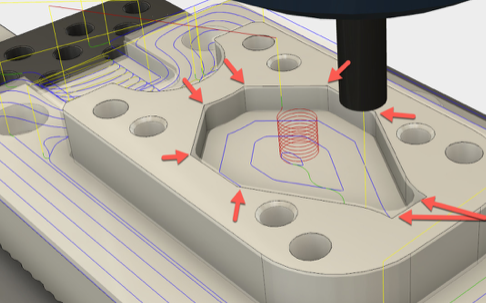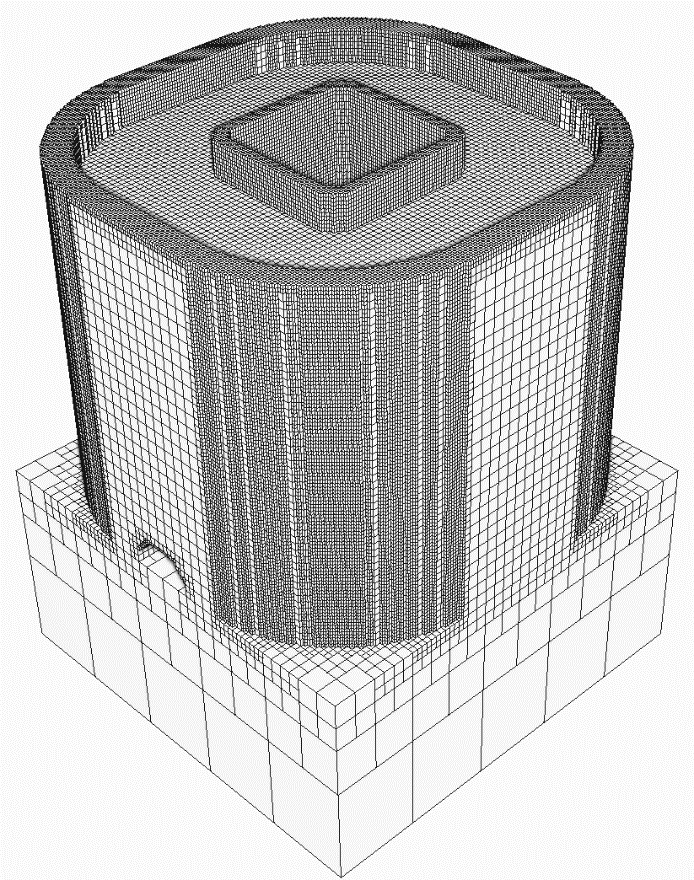
Chapter 1 | To the People
For those who don’t know me, I’m not the type of guy to flood your LinkedIn stream with one topic or genre (you already have those people). I’ve sat back over the years, and casually updated my LinkedIn profile, trolling other peoples profiles, but in actuality, I’ve read some well written articles on this site. Everything from Andy Rahden’s ‘Generation of Leading, Learning, and Innovating’, to Bassanio Peters ‘Why you should set Unrealistic Goals’, each article has one overarching theme, there’s a sense of personalization where you connect with the writer. I feel it’s my time to give back to the LinkedIn community.
To all my fellow Engineers, and even Non-Engineers, I hope you can walk away with added value; if not, at least check out the above articles, or better yet, go download Fusion 360. It will make your life easier for CAD & CAM. (There’s my shameless plug).
Chapter 2 | The ‘Quarterbacks’ Coach
Going on Year 4 at Autodesk, I’ve had the opportunity to work in different roles, and on a multitude of our ‘continuously growing’ portfolio of products, specifically the HSM Product line (High Speed Machining). In lieu of working at a software company, I had a six year stent teaching CAD at a local community college (Yes…I was a Professor), where I learned that quite a few ‘current and future’ engineers didn’t understand Design for Manufacturing. I too was once a ‘rookie’, but over the years I’ve gone through the ‘training camp’ of talented ‘Millennial Machinists’ like Tim Paul and Al Whatmough (Millennial meaning ‘non-grumpy’ machinist, with swagger). By all means, I’m no Master Machinist, but I do understand CNC Machining (or act like I do on YouTube). Surround yourself with like-minded people, and be open to some radical collaboration (awesome book BTW). What will make you successful in learning a new skill, is the supporting cast of experts to coach you through the process.
Without collaborative skills, a team is just a group of individuals who each follow their own agenda. – Radical Collaboration
Chapter 3 | The ‘Movement’
In the era of the Maker Movement, CNC Machines come in all different shapes and sizes. At the end of the day, from desktop CNC Machines to VMC’s (Vertical Milling Center), they all strive for one result, a prototype or production part. Back when I was a young buck in college, CNC Machines weren’t as accessible as they are today (to me they’re accessible:-). I’ve worked with everything from desktop machines like Othermill and PocketNC, to production machines like Tormach and HAAS (I’m a proud owner of a Tormach 440), and typically the machining strategies are all the same. If you’re new to CNC Machining, I highly recommend the CNC Handbook, as well as there is plenty of content on YouTube. Check out NYC CNC’s YouTube Page.
Chapter 4 | The ‘Nitty Gritty’
As you experiment with CNC Machining, you’ll start to think about design options based off of the availability of tooling, and if CNC Machining isn’t the right formula for your manufacturing process, Rob Thompson’s ‘Manufacturing for Design Professionals’ will definitely offer a solution.
As a fellow engineer, we all know the importance of CAD & CAM, especially integrated CAD & CAM. I’m not going to press on Autodesk Fusion 360 (even though I’m an Evangelist), but I’ve taught and used a lot of CAD products in my career, and it has definitely ‘eased’ my transition to CNC Machining. If you don’t already know, CAD & CAM is half the battle for CNC Machining, and at least we make that part easy! As mentioned in ‘Chapter 3’, there are plenty of resources to get you up and running in Autodesk Fusion 360.
Chapter 5 | Get ready to ‘Ground & Pound’
If you haven’t already noticed, I love incorporating football analogies (American Football, not Soccer, even though I love Soccer) in almost all of my work, just because everyone can relate to sports.
Get ready for some ‘trial and error’. You’ll see where the ‘rubber meets the road’ real quick, and start to understand design for manufacturing. As you start to experiment with design changes, consult a machinist for advice (hopefully a millennial machinist). In today’s world, with the accessibility of desktop and professional CNC Machines at local Makerspaces/Tech Shops, feel free to take a class and start cutting parts; or ask Santa this Christmas for one. I did, and I ended up with a Tormach 440 with a 5th Axis Vise.
One last food for thought, if your design has internal pockets for CNC Machining, make sure to add fillets to the corners before you consult a machinist. You don’t want to embarrass yourself. If you don’t know why, feel free to ask them.
Machinist and Engineers go together like peanut butter and jelly, you can’t have one without the other.
Chapter 6 | The ‘After Game Hand Shake’
By now, I hope you’ve clicked some of the hyperlinks throughout this article, and do hope you can walk away with some value added. At the end of the day, every Engineer wants to make something, but we all need to have an understanding of design to manufacturing. If you haven’t figured it out, Machinists are an important part of the equation; as well as understanding how CAD & CAM play a roll in CNC Machining can help save you money or not.
So why is CNC Machining important for the Engineer? Simple. It helps all of us understand design for manufacturing a whole lot better.
Have fun making chips fly. Signing off, and back to trolling.
Cheers.
This article was originally posted here.



